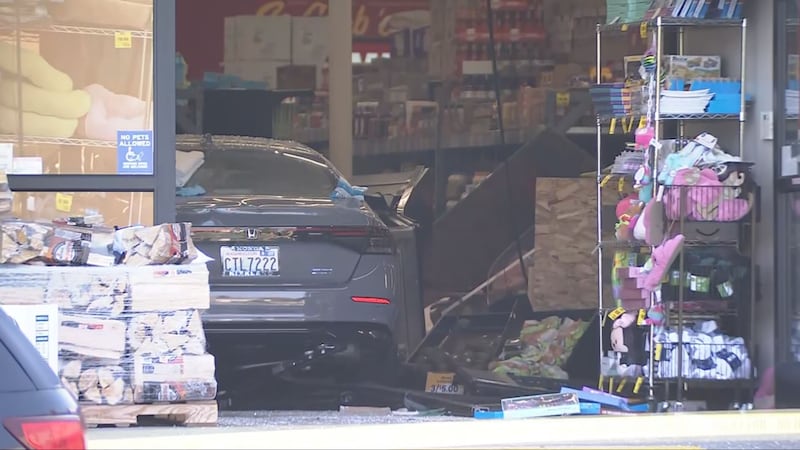OLYMPIA, Wash. — The Washington State Patrol (WSP) Crime Laboratory Division (CLD) is currently addressing challenges that have led to a backlog of over a year for firearm forensics.
Firearm forensics, or forensic ballistics, involves scientists examining firearms and ammunition components of a criminal investigation.
The problem
The demand for those types of examinations has grown over the years and is straining the labs’ capacity, according to WSP, creating backlogs and delays.
The current wait time for firearms cases is 379 days, WSP said.
Over the past four years, WSP has received an average of 628 requests for firearms testing each year.
The average completion rate for the last four years has been 418 requests per year, and as of July 1, 2025, the backlog of firearms cases was 955 requests.
“The bottom line is that the number of cases where firearms play a part in criminal activity has grown, and we must restructure and grow our forensics capacity,” said WSP Chief John R Batiste.
The solution
Batitse said he has ordered the hiring of additional scientists in hopes of doubling their capacity and reducing the backlog.
Preparing a new firearms scientist takes a minimum of two years of highly specialized training to meet the high standards necessary for successful criminal investigations, Batitse said.
“So, this is a process, not an event. But we are getting closer to meeting our needs every day,” Batiste said.
In the past two years, the CLD has added eight new forensic firearm scientists. Four of those eight have completed the rigorous training.
Two more trainees are on track to complete their final competency tests, moot court, and final assessment by mid-to-late August, WSP reported.
The other two trainees are on track to complete the program by the end of the year.
“Even though they come to us with incredible skills and scientific preparation when hired, training so many new scientists in such a highly specific discipline all at once has its challenges,” said Division Commander Gene Lawrence.
Lawrence said CLD prioritizes officer-involved cases, court, and other rush requests, which means restructuring for those requests have pulled resources away from some casework, which could add short-term to the backlog.
Looking ahead
Lawrence estimates that if current trends and conditions are maintained, the backlog should peak at around 1,054 this summer.
However, he said the agency expects to see a 10% reduction by January 2026.
“We expect to reduce the backlog by 35% by July 2026 and reach the 60% backlog reduction benchmark by January 2027,” Lawrence said.
Lawrence said the goal is to be able to turn firearms cases around in 120 days.
He hopes WSP gets there by January 2028.
Four of WSP’s six labs, in Seattle, Tacoma, Spokane and Vancouver, offer firearm forensics.
©2025 Cox Media Group





